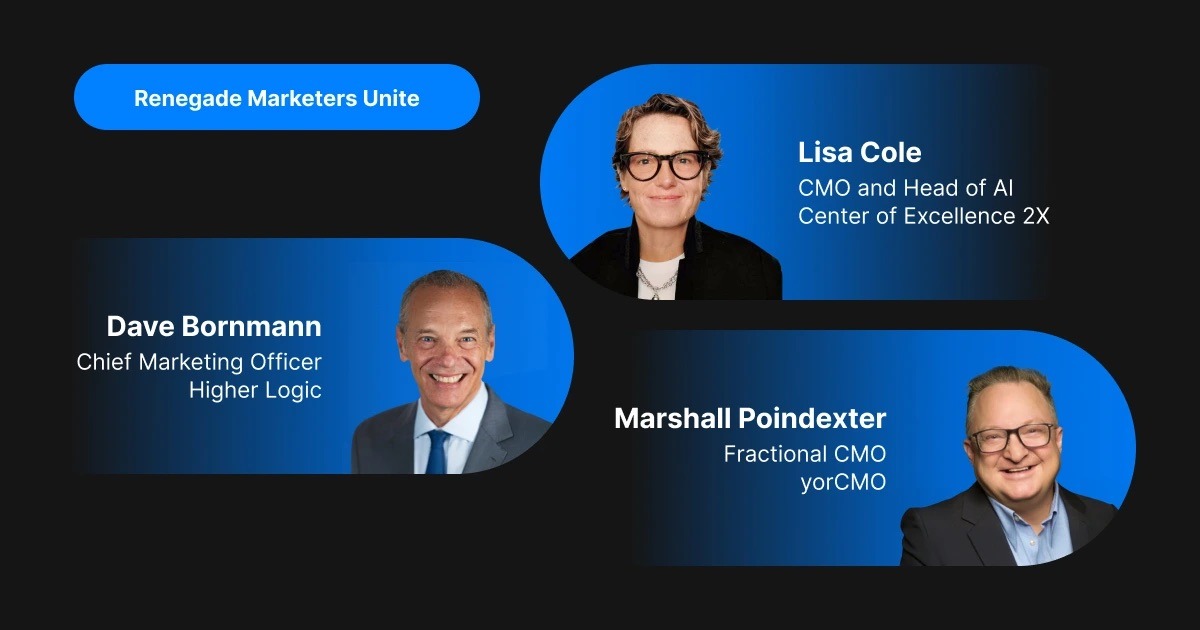June 21, 2025 | Blog
Offshore outsourcing doesn’t have to fail, but it often does when leaders ignore these basics

Let’s be honest: the concerns about offshoring are real.
Time zones. Language barriers. Training gaps. The sense that you’ll spend more time explaining the work than getting the work done.
And those concerns don’t come out of nowhere. We’ve had over two decades of companies outsourcing work offshore, and too many did it the wrong way. They chased cost over capability. They worked with the wrong partner. Or they assumed that simply transferring the work would somehow solve deeper structural problems.
So yes, your hesitation is valid. But don’t confuse poor execution with a flawed model.
Because when done right, offshoring works. I’ve personally led three major marketing transformations. Two of them leveraged offshore models. Both were successful. And it wasn’t by accident. It was because we were intentional about how we structured the work, the relationship, and the team.
If you’re considering offshoring as part of your marketing operating model, here’s what I’d offer: five critical questions every marketing leader should ask before they commit.
1. Where is the talent located, and how fluent is the region in English?
There’s a wide range of English fluency across the globe. But there are specific regions and cities where English proficiency is not only high, it’s the standard.
You can look up English proficiency indexes. You can ask your vendor for documentation. But even better? Ask where they’re hiring.
For example: At 2X, we recruit in Malaysia and the Philippines, both of which consistently rank as highly English-proficient, U.S.-oriented talent markets. We’re not rolling the dice on language or business communication. We build teams in places where English fluency is baked in.
2. Is working U.S. hours part of the cultural norm or the exception?
It’s not just whether a team can work U.S. hours. It’s whether they want to.
In cities like Manila, working U.S. time zones is the norm. It’s not an uphill cultural battle. Many professionals there actually prefer it because their families, friends, and neighbors are already working on that schedule too. It’s a routine. Not a burden.
This matters. Because asking someone to work an unnatural schedule long-term leads to burnout, attrition, and missed expectations. You want people who thrive in that rhythm, not tolerate it.
3. Can the team flex for real-time collaboration?
You don’t need 100% overlap every day. But you absolutely need some overlap.
At a minimum, your offshore team should:
- Flex their schedule to join critical meetings and 1:1s
- Show up live for standups, team calls, and global all-hands
- Be reachable for handoffs and decision checkpoints
This is about rhythm. You don’t want a lag where questions sit unanswered until the next day. A one- to two-hour daily overlap can make the difference between momentum and bottlenecks.
4. Will the talent be embedded or just assigned?
If you’re building a high-performing marketing team, you need people who are part of the team, not adjacent to it.
That means dedicated, embedded talent, not generalists jumping between ten clients or waiting around for ad hoc requests. The offshore resources should be treated and feel as core members of your team. Involved in the work. Visible to the team. Accountable for outcomes.
That’s what I did in both of the offshore-powered transformations I led. The difference it made in trust, communication, and speed? Night and day.
5. Who owns the relationship on both sides?
This might be the most overlooked question of all.
You need a named relationship lead on your side and a peer on the vendor side. Those two people are responsible for:
- Escalating issues before they fester
- Monitoring satisfaction on both sides
- Keeping the teams supported, engaged, and aligned
Don’t assume someone will organically step into that role. Assign it. Make it part of someone’s KPIs. Great delivery requires great orchestration, and that starts with accountability.
What offshore success looks like
In the offshore models I’ve seen succeed, here’s what was true:
- Talent was sourced from English-fluent regions used to U.S. business rhythms
- Schedules were flexible with live collaboration built into the week
- Team members were embedded, not floating
- A designated leader on each side managed the relationship, not just the task list
And critically, the offshore team wasn’t seen as a workaround. They were seen as an extension of the marketing organization: capable, connected, and additive.
Bottom line: Offshoring isn’t the problem. Sloppy execution is.
Offshoring works when you do it intentionally.
It works when you ask better questions up front.
It works when you embed people, not just assign them.
It works when you design the collaboration, not just the cost savings.
And when you do that? You don’t just save budget. You gain scale. You unlock velocity. You empower your team to focus on what matters most.
I’ve done it. I’d do it again tomorrow. And I’d tell any CMO: don’t write off offshore. Write a better playbook.
If you’re exploring offshore as part of your marketing operating model, don’t go it alone and don’t settle for the status quo. At 2X, we’ve built a model that avoids the usual pitfalls because we’ve lived them and fixed them. Our teams are embedded, fluent, accountable, and built for scale.
It’s a model for modern marketers who want less friction, fewer delays, and better results.



